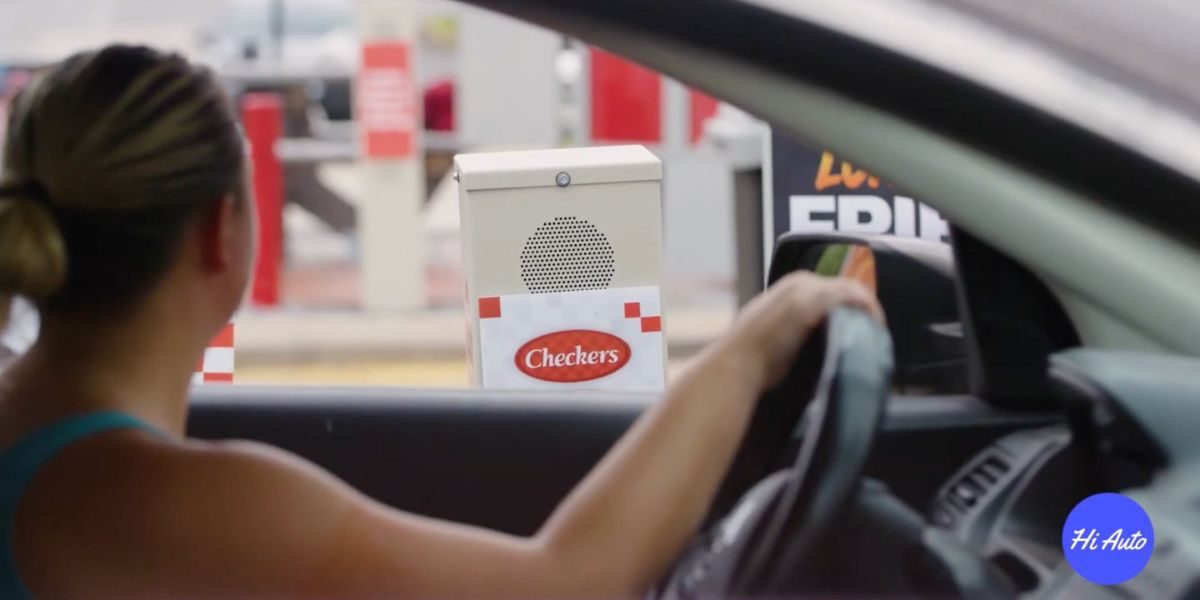By: Jake Smiths
Imagine a mother, after a long shift, pulling up to the drive-thru with her kids in the back. She places her order in Spanish, hoping for a smooth interaction. Thanks to advancements in AI, this moment, once a source of frustration, is now a much more seamless experience. The AI detects the language and responds quickly, helping to eliminate many language barriers.
At the heart of this shift is Hi Auto, whose real-time bilingual AI order taker aims to make every drive-thru lane a more welcoming, language-adaptive space. No need for button-pushing or awkward “Please repeat.” Just fluid, natural communication, whether the customer says “Hello” or “Hola.”
Driving Inclusion Through Language
Inclusion in quick service restaurants (QSRs) goes beyond dietary options or store accessibility. It also includes how well customers can communicate. With over 42 million Americans speaking Spanish at home and Hispanic communities representing a significant local population, language accessibility has become an important consideration. QSR chains that engage with this demographic through bilingual communication in drive-thrus may enhance customer reach and loyalty.
An example of this can be seen with Checkers & Rally’s, which collaborated with Hi Auto to implement this technology across more than 350 locations, offering Spanish-AI ordering with an impressive 96% accuracy. That rollout appeared to be a strong success: seamless conversational transitions between languages, natural upsell suggestions, and accurate order interpretation—regardless of accent or dialect—seemingly helped to improve engagement metrics significantly.
The Economics of Frictionless Ordering
Drive-thrus account for a substantial portion of QSR revenue, with about 75% of U.S. fast-food sales being made through them. By serving more customers and improving their experience, AI order takers could help boost revenue over time. Hi Auto’s AI order taker works to minimize friction, potentially reducing wait times and increasing throughput, which may lead to a solid return on investment.
Additionally, when the AI listens and speaks in a customer’s preferred language, upsell suggestions tend to feel more natural. A “¿le gustaría papas grandes?” might come across as more of a helpful suggestion than a scripted sales pitch.
Inside the Engine: How Hi Auto’s Bilingual AI Works
Hi Auto’s bilingual AI relies on its proprietary customer understanding engine, which combines an advanced Large Language Model for Natural Language Processing, in-house speech recognition, noise cancellation, and speaker separation. This system achieves an impressive 96% accuracy rate. As Checkers & Rally’s shared, “the advanced AI technology understands complex menus, half-sentences, diverse accents, detailed requests, as well as mid-order changes made by customers.” In simpler terms, the AI seems to be able to understand and respond to a broad spectrum of customer interactions, even in noisy drive-thru environments.
The AI also interprets meaning and manages real-time, human-like dialogue. When the AI faces uncertainty, a human-in-the-loop system is in place, helping to ensure that customers always receive service that is as quick and accurate as possible. “These human supervision cases assist the system’s improvement by providing additional learning opportunities for future interactions,” the company noted.
Designed specifically for the unique challenges of the drive-thru, the system is trained on millions of real customer interactions, enabling it to generalize across various accents, slang, and regional phrasing. “The new capability integrates smoothly into our existing solution, making the addition straightforward,” the company further explained. This AI technology has reportedly resulted in reduced service times by as much as 7% while making guests feel more understood.
Why This Matters Now
The U.S. is becoming increasingly multilingual. While Spanish remains the primary secondary language, numerous markets also include languages like Chinese, Vietnamese, Tagalog, as well as growing communities speaking Arabic, Hindi, and more. Although Hi Auto has not officially confirmed support for languages beyond English and Spanish, this capability could point to a future where drive-thrus may adapt more easily to a broader range of languages, creating a more inclusive and user-friendly experience for a wider audience.
For QSRs, embracing inclusivity could be a strategic move. Hi Auto’s dynamic language detection meets a universal customer need: the desire to be understood in the moment. By overcoming linguistic barriers, QSRs may be able to serve a larger customer base and provide better service overall.

















